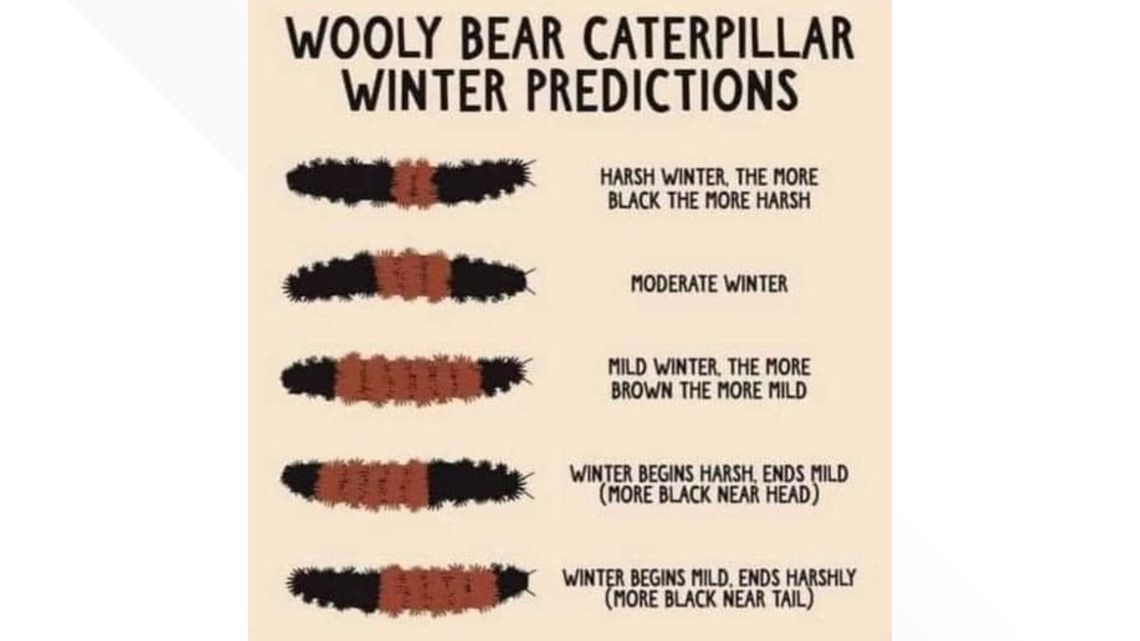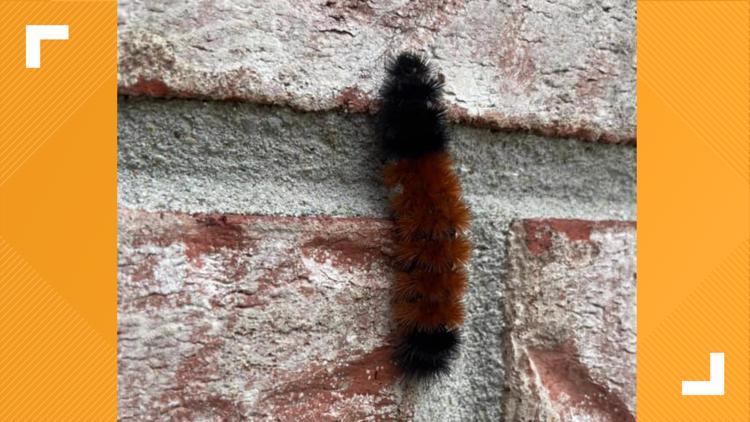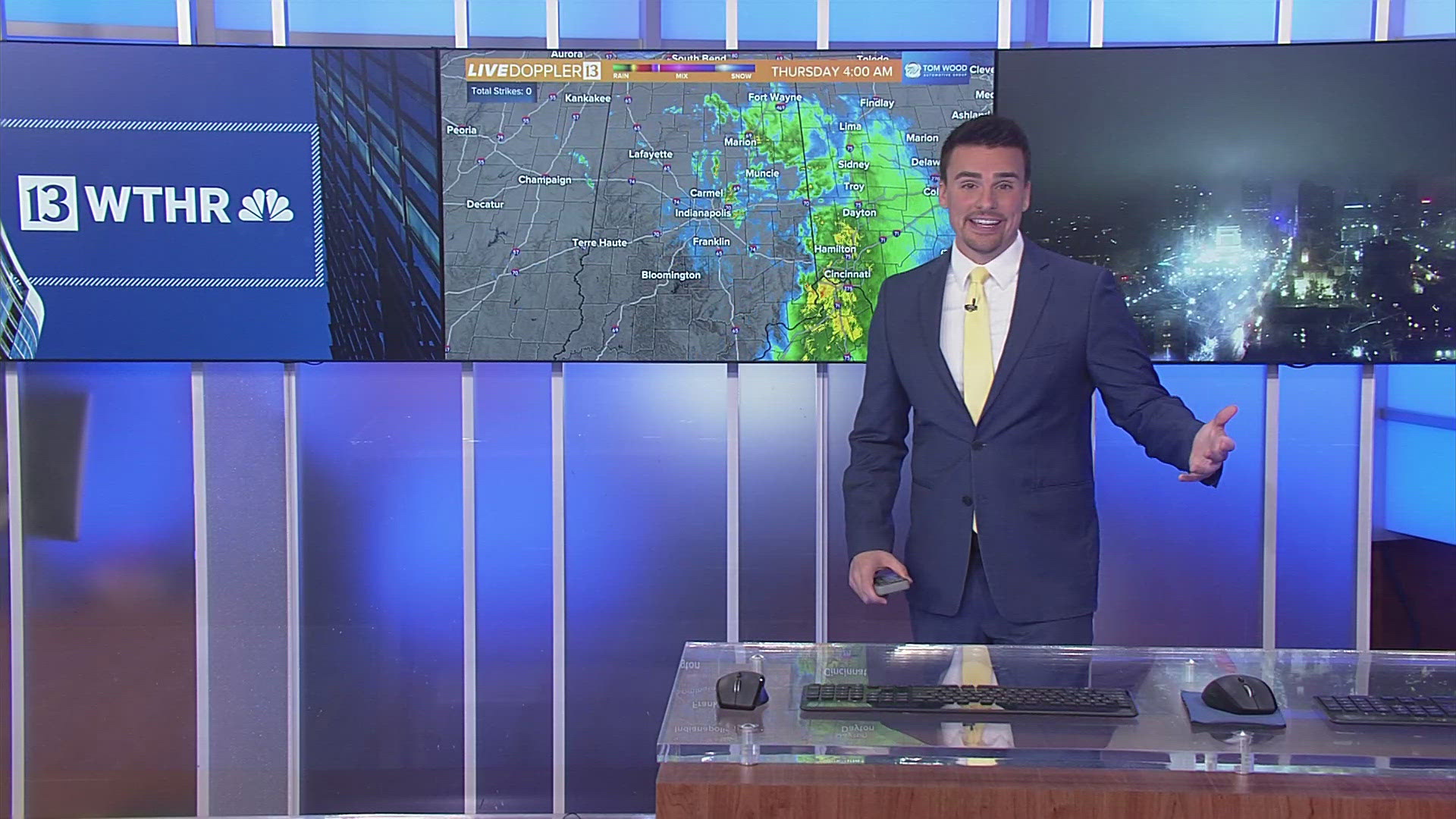INDIANAPOLIS — It's a folklore favorite for many Hoosiers - predicting the harshness of our upcoming winter based on sightings of "wooly worms" and their color patterns. Recently, our Verify team talked with the National Weather Service and biologist Frank Fowler, who confirmed this isn't a reliable way to tell what kind of winter is pending.
It is fun, though.
So what does each color mean? According to the theory, mainly black wooly worms predict a harsher winter. A mostly brown worm signifies a milder winter. If brown at the head with more black near the tail, it means a winter that starts mild and ends harshly.


In reality, the coloration and the length of the bands do have a correlation to how severe the previous winter was. Wooly worms are born in the spring all black. The more warm the growing season, the wider that round brown band becomes in the middle.
You can also tell the age of the wooly worm based on its color. Each time it sheds its coat, it becomes redder.
Here are some fun examples of wooly worms captured on camera through central Indiana so far this fall from Bob Shutt, Paul Sparks, Perry Curtis, and Ed Valasek.



